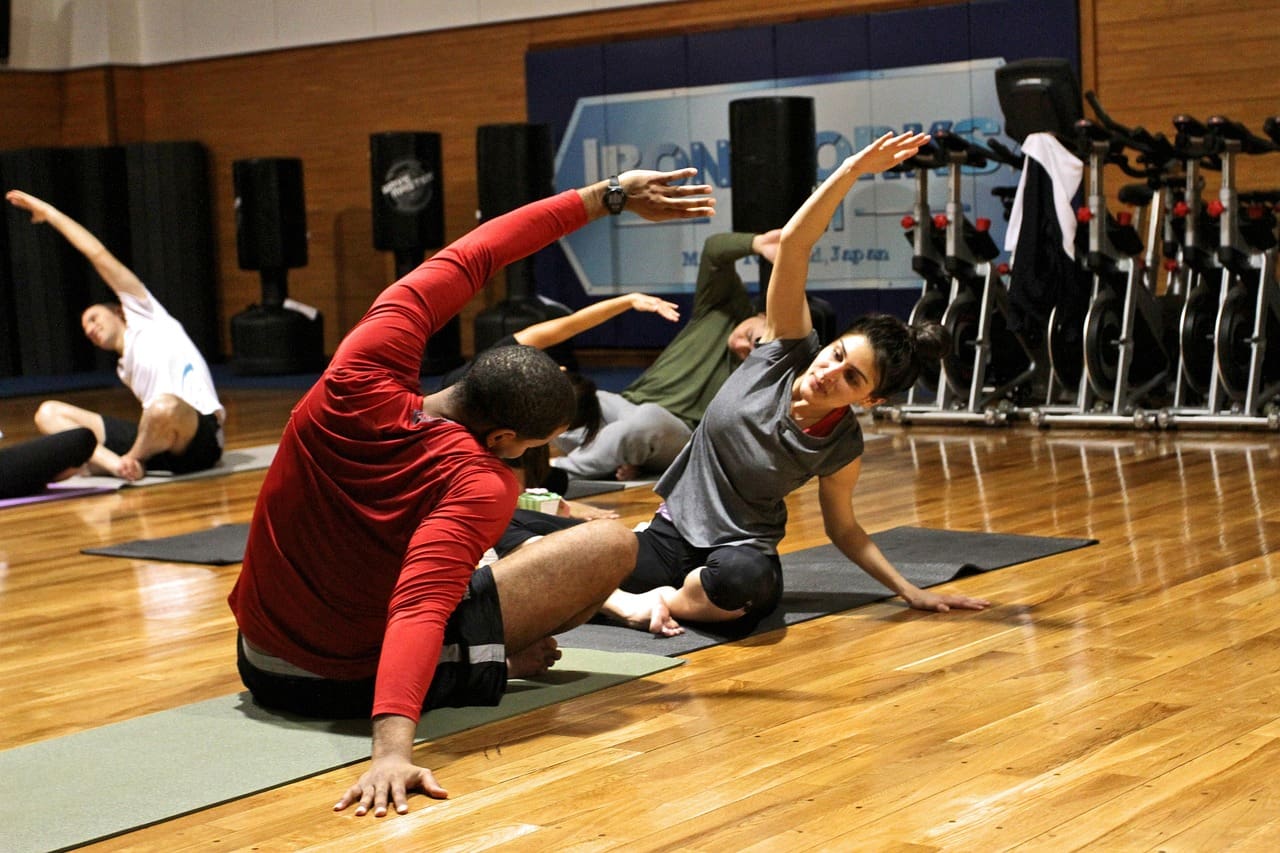
Stretching Exercises For People With Parkinson’s
From Aerobic to Yoga Exercises and Stretching Exercises
From always men wished to keep, till they die, a healthy mind and a healthy body. Juvenal (ad c. 60–c. 130) in his Satires said ” mens sana in corpore sano”. This Latin tag is even today given as the ideal of education.
It’s a great thing for anybody who keeps both his mental and physical health. Unfortunately, it doesn’t depend only on you. There are all genetic or environmental factors that challenge your health.
I received a Parkinson’s disease diagnosis about 12 years ago. I’m always taking my medication, my supplements, and my stretching exercises. The stretching is a must.
Stretching Exercises and Brain Health
And we are back to “mens sana in corpore sano.” Brain needs exercise as well as the body to improve your health. More evidence shows that exercise, like dance, tai chi, and cycling, can slow down Parkinson’s progression. It not only improves motor function but also promotes brain health. Patients who exercise regularly often experience improved quality of life and slower symptom progression.
Here are some recommended exercises for Parkinson’s:
- Aerobic Exercises
- Walking: It’s the simplest and most affordable exercise. What can a daily walk do? It can improve endurance, heart health, and overall mobility. If balance is a challenge, consider using walking poles.
- Cycling: You can do stationary or outdoor cycling. They both improve cardiovascular health and leg strength. Additionally, research has shown that cycling improves motor symptoms in Parkinson’s patients.

- Swimming: Low-impact aerobic exercise that improves flexibility, balance, and strength, without putting stress on joints.
2. Strength Training Exercises
- Resistance bands are great for strengthening muscles and maintaining mobility and stability.
Squats, lunges, and push-ups can strengthen muscles, improve posture, and help with everyday movements.
- Weightlifting: Lifting light to moderate weights can strengthen muscles, particularly in the legs, arms, and core.
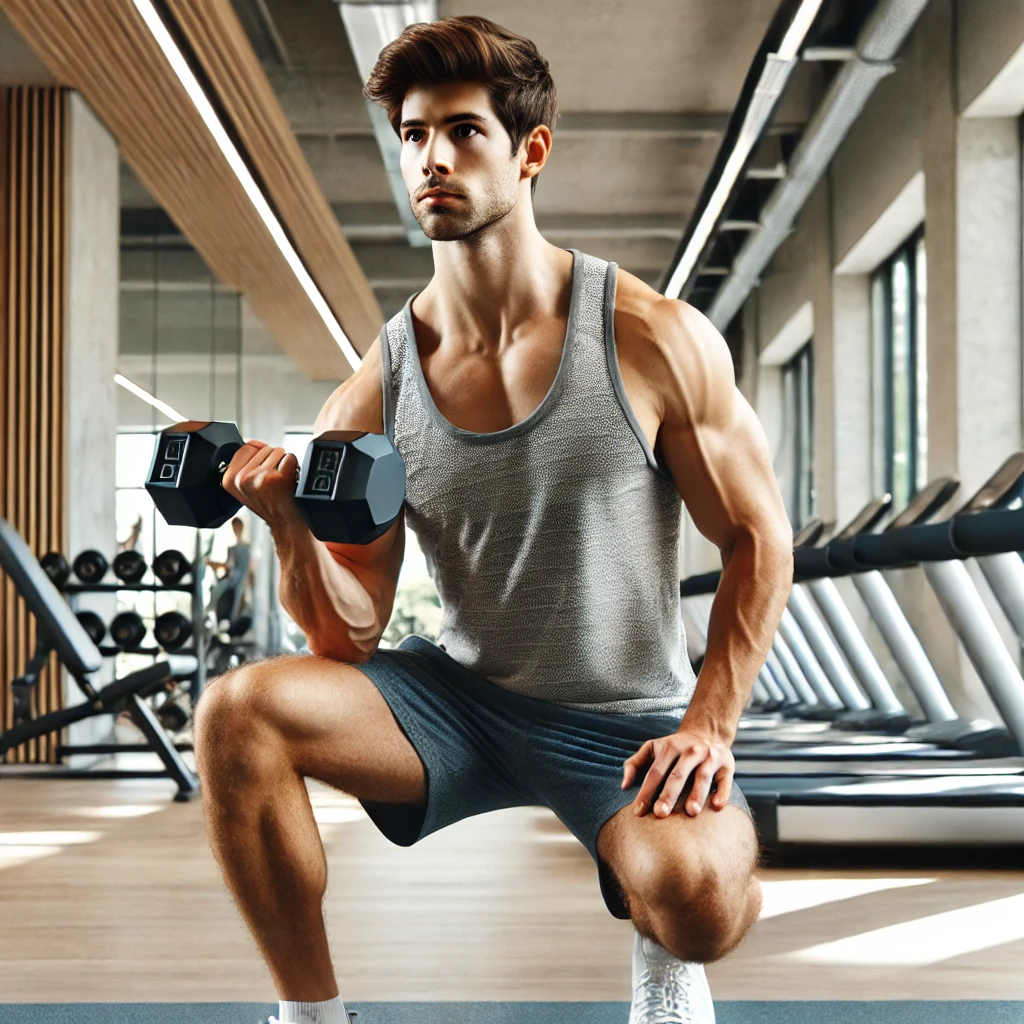
Exercises for Balance and Flexibility

- Yoga improves flexibility, balance, and core strength. It also promotes relaxation and reduces stiffness.
You can improve your stability by doing simple balance exercises. Try standing on one leg, walking heel-to-toe, and side-stepping.
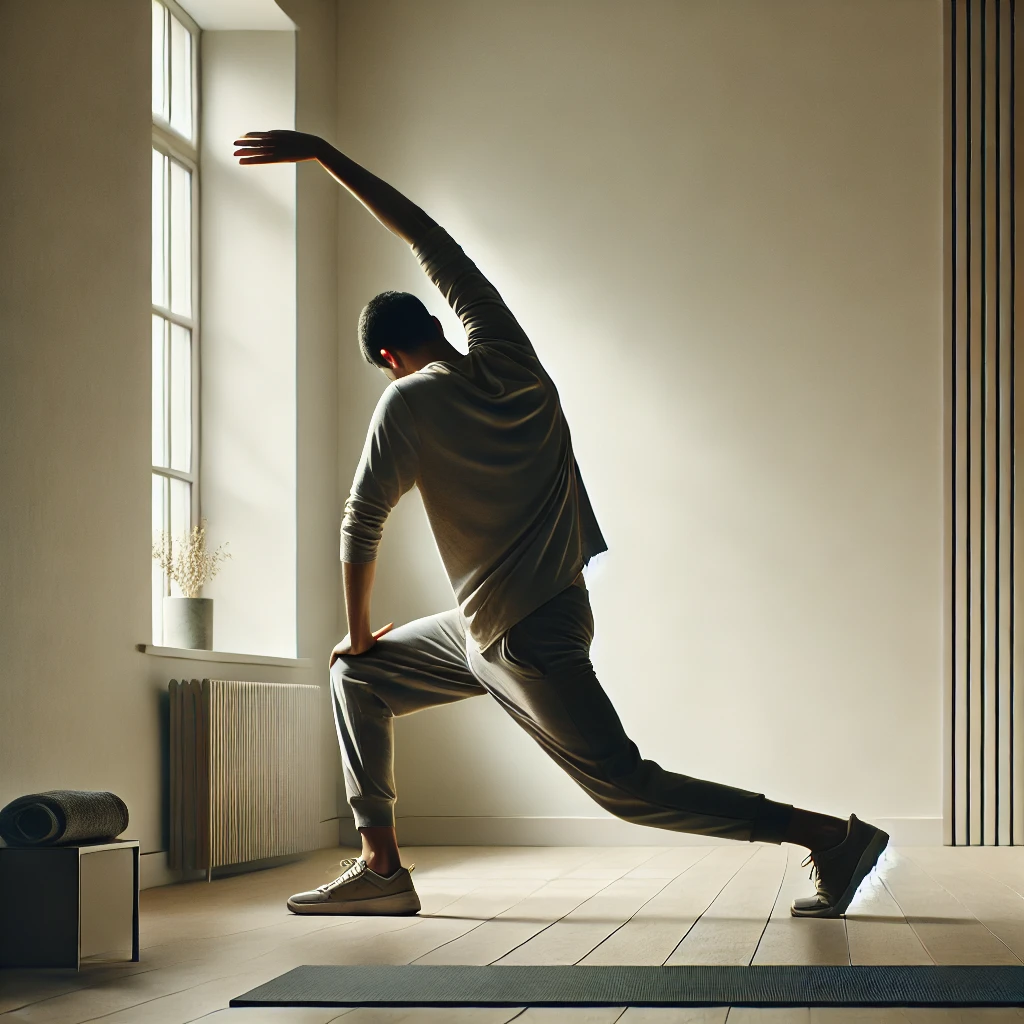
4. Stretching Exercices
- Dynamic Stretching Exercise: Gentle stretches, such as shoulder rolls, neck stretches, and hamstring stretches, help reduce stiffness. They also improve flexibility.
- Upper Body Stretching Exercise: You can use a towel or stretch band for overhead stretches. Reaching behind your back can improve shoulder and arm movement.
- Lower Body Stretching Exercise: Stretching hamstrings, calves, and hip flexors can maintain leg mobility and prevent stiffness.
5. Dance and Coordination Exercises
- Dance Therapy: Dance, especially styles like tango or ballroom, can help improve coordination, rhythm, and balance. It can also reduce the freezing of gait, which is the difficulty in starting or stopping movement.

6. Speech and Breathing Exercises
- Voice Exercises: Parkinson’s can affect speech, making it softer and harder to control. Working with a speech therapist or practicing exercises like reading aloud or singing can help strengthen vocal cords.
- Breathing Exercises: Deep breathing exercises can improve lung capacity and reduce rigidity in chest muscles.
- Stretching exercises are very helpful for people with Parkinson’s disease. They can reduce muscle stiffness, improve movement, and help maintain mobility. Here are some effective stretches and flexibility exercises that are safe and helpful for people with Parkinson’s:
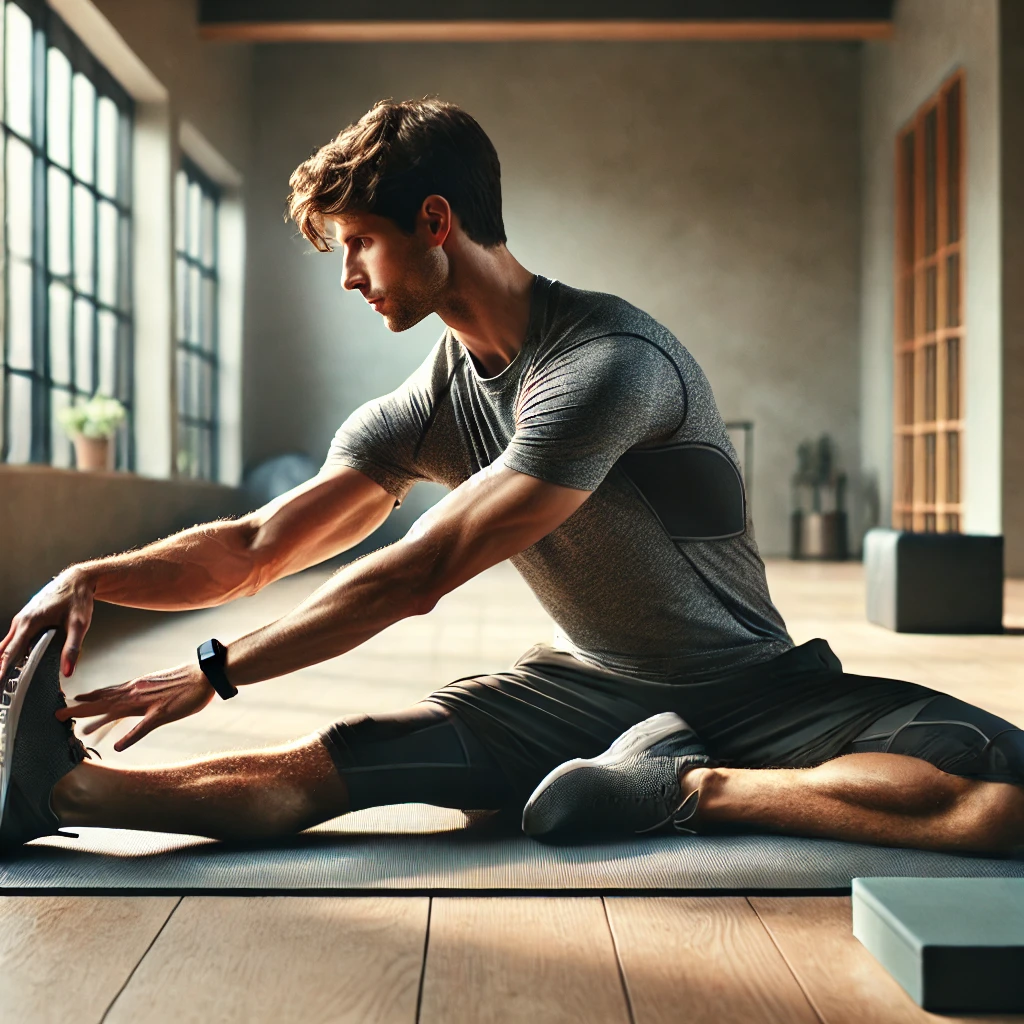
1. Stretching Exercises for Neck
- Side-to-Side Stretch: Slowly turn your head to the right, trying to look over your shoulder, and hold for 10-15 seconds. Repeat on the left side. This helps maintain flexibility in the neck and improve range of motion.
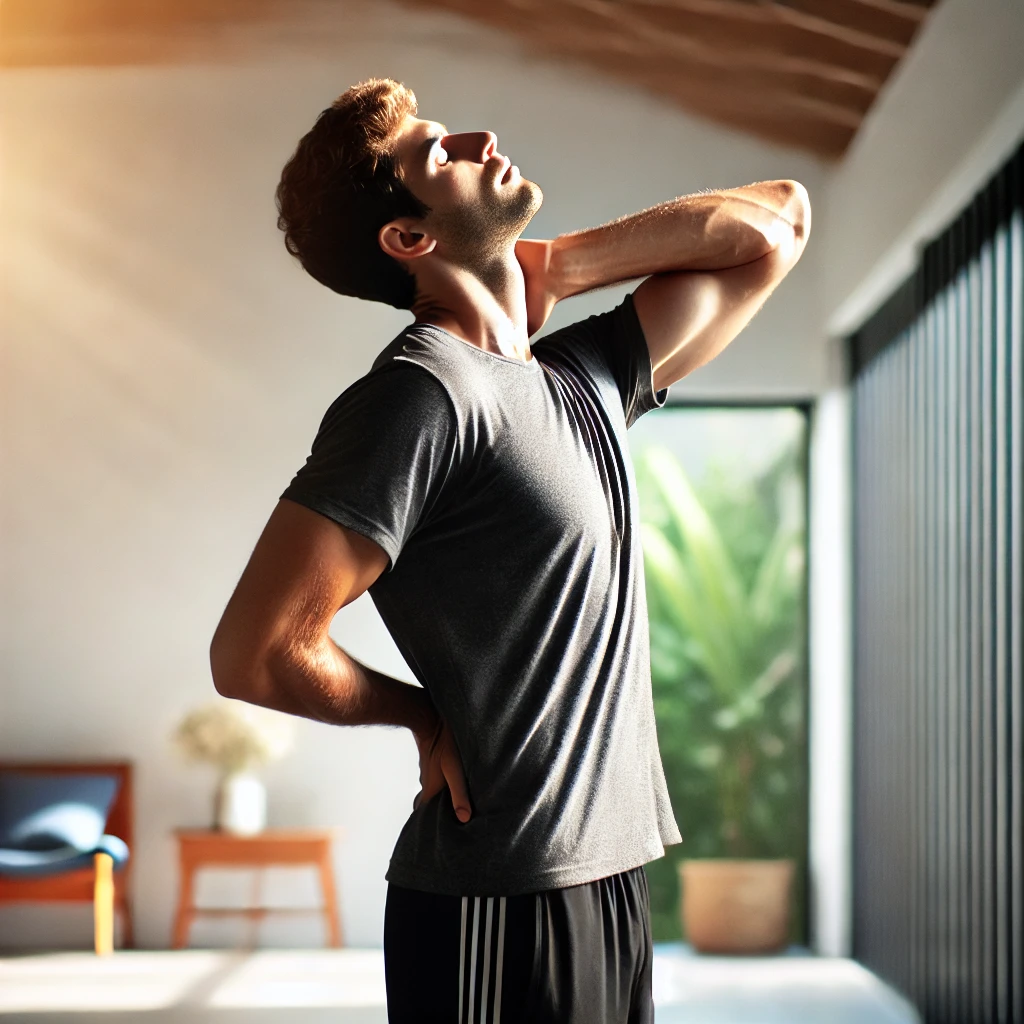
Forward and Backward
- Stretching: Gently tilt your head forward, bringing your chin toward your chest. Hold for 10-15 seconds, then tilt your head backward, looking up. Hold and repeat.
2. Shoulder and Upper Body Stretching Exercises
- Shoulder Rolls: Sit or stand tall, and gently roll your shoulders forward in a circular motion for 10-15 seconds, then roll them backward. This helps reduce tension in the shoulders and upper back.
- Overhead Stretch: Sit or stand with your feet shoulder-width apart. Raise both arms above your head and reach toward the ceiling. Hold for 10-15 seconds. This stretches your arms, shoulders, and upper back.

- Chest Stretch: Clasp your hands behind your back and gently pull your shoulders down and back, opening up the chest. Hold for 10-15 seconds. This helps counteract the forward-leaning posture common in Parkinson’s.
3. Trunk Stretching Exercises
Trunk Twist: Stand with your feet flat on the floor. Place your left hand on the outside of your right thigh and gently twist your upper body to the right. Hold for 10-15 seconds and repeat on the other side. This helps maintain flexibility in your spine and core.

- Side Bend: While sitting or standing, raise one arm overhead and gently bend your torso to the opposite side. Hold for 10-15 seconds and switch sides. This stretches the sides of the body and improves spinal flexibility.
- Lower Body Stretching Exercises
- Hamstring Stretching: Sit on the edge of a chair with one leg extended straight out in front of you and your heel on the floor. Gently lean forward from the hips, reaching toward your toes. Hold for 10-15 seconds. This stretches the hamstrings and helps with leg flexibility.
- Calf Stretching Exercises: Stand facing a wall. Place your hands on the wall for support and step one foot back, keeping the heel on the floor. Gently bend the front knee while keeping the back leg straight to stretch the calf. Hold for 10-15 seconds and switch legs.
- Hip Flexor Stretching Exercises: Stand with one foot forward and one foot back, similar to a lunge position. Gently bend your front knee while keeping your back leg straight, feeling the stretch in the front of your hip. Hold for 10-15 seconds and switch sides.
5. Hand and Wrist Stretching Exercises
- Finger Flexibility Exercise: Open your hands wide, spreading your fingers apart. Hold for a few seconds, then slowly close your hands into a fist. Repeat several times to maintain hand flexibility and reduce stiffness.
- Wrist Stretch Exercises: Hold one arm straight out in front of you with the palm facing down. Use your other hand to gently pull your fingers back toward your body, stretching the wrist. Hold for 10-15 seconds and repeat on the other hand.
6. Ankle Flexibility
- Ankle Circles: While seated, lift one foot off the ground and rotate your ankle in slow circles, first in one direction, then the other. This helps maintain ankle flexibility and improve balance.
- Toe and Heel Raises: Sit in a chair with both feet flat on the floor. Raise your heels off the floor, keeping your toes on the ground, then lower them. Next, raise your toes, keeping your heels on the ground. Repeat for a few sets to improve flexibility in the feet and ankles.
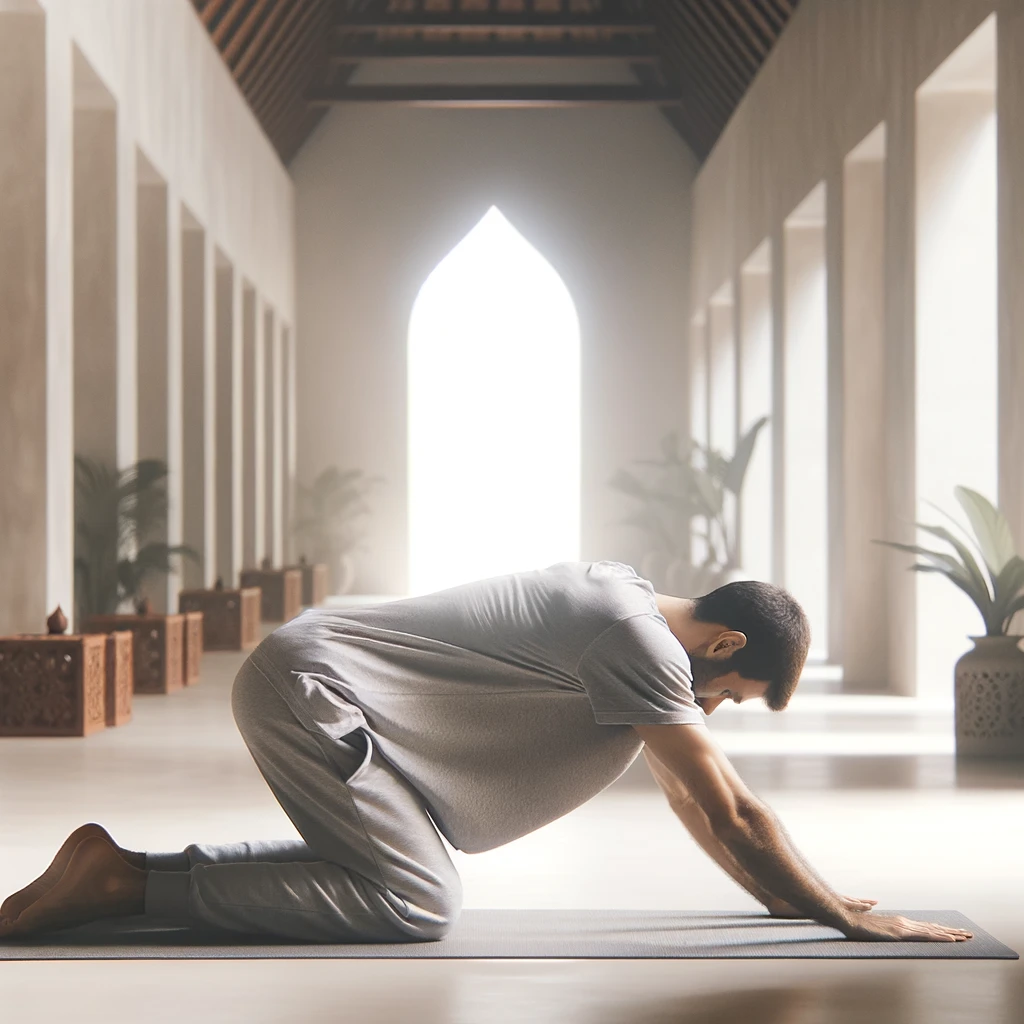
7. Spinal Stretching Exercises
- Cat-Cow Stretch: This yoga-based stretch helps with spinal flexibility. Start on your hands and knees (use a chair for support if needed). Slowly arch your back, lifting your head and tailbone (cow position), then round your back, tucking your chin to your chest (cat position). Repeat 5-10 times.
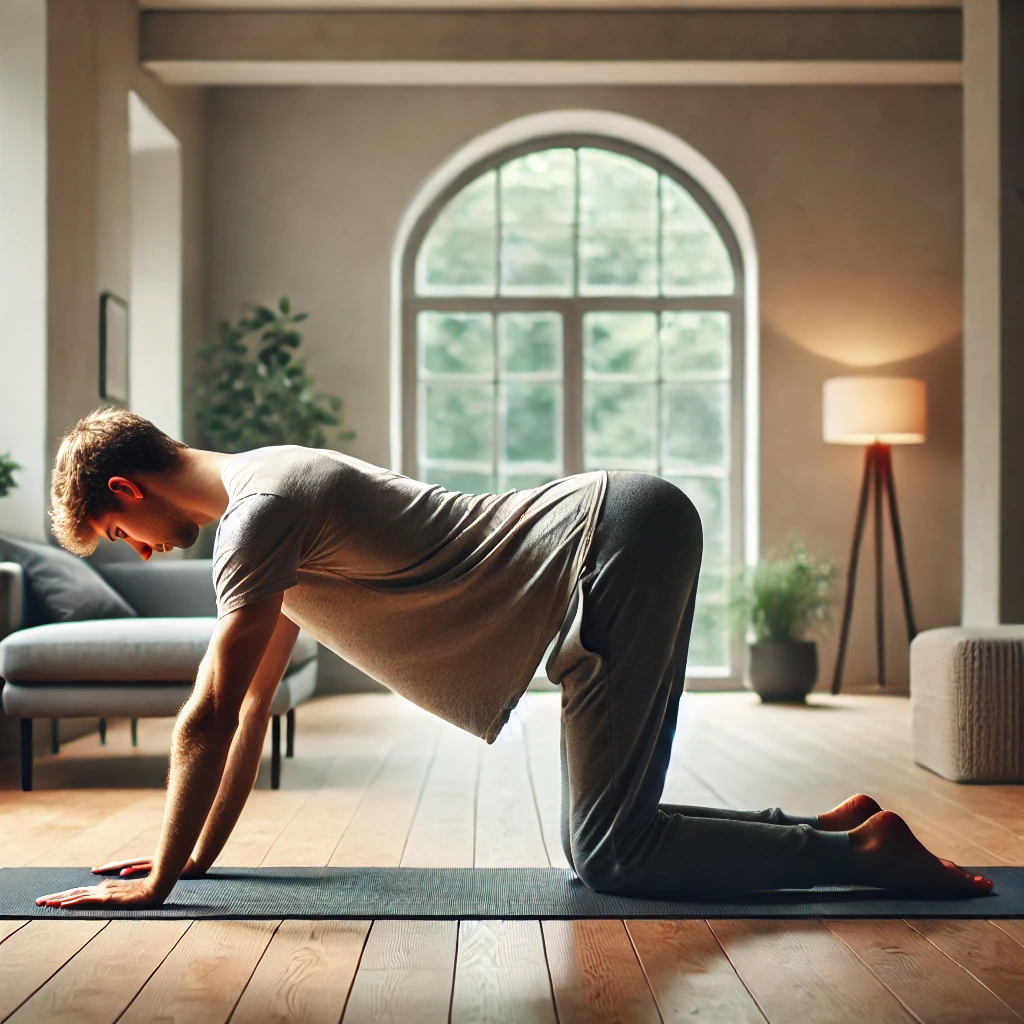
Tips for Stretching with Parkinson’s:
- Stretch Slowly: Move slowly and avoid bouncing. Hold each stretch for 10-30 seconds to allow the muscles to relax and lengthen.
- Breathe: Focus on deep breathing while stretching. This helps you relax and makes the stretches more effective.
- Avoid Overstretching: Never stretch to the point of pain. You should feel a gentle pull, but not discomfort.
- Regular Practice: Stretching daily or at least 3-5 times per week is key to improving flexibility and reducing stiffness.
- Modify as Needed: Use support, such as a chair or wall, if needed, to maintain balance and safety.
These stretching exercises can help people with Parkinson’s. They improve flexibility, mobility, and quality of life. They also reduce muscle stiffness and tension.
It sounds like you’re describing a yoga sequence often called “Cat-Cow.” Here’s how you can perform the full flow:
- Start on your hands and knees in a tabletop position. Your wrists should be aligned under your shoulders and your knees under your hips. Spread your fingers wide to distribute weight evenly.
- Cow Pose (Inhale): As you breathe in, slowly arch your back. Drop your belly towards the floor, lifting your head and tailbone upwards. Your gaze can be forward or slightly up.
- Cat Pose (Exhale): As you breathe out, round your back by tucking your chin to your chest and drawing your belly towards your spine. Your back will curve upwards like a cat stretching its back. Your tailbone and head should move towards the floor.
- Repeat this sequence several times, matching the movements to your breath, moving slowly and fluidly.
This flow helps to warm up the spine and stretch the back muscles, and it’s great for relaxation or easing tension in the back.
In conclusion, stretching exercises are welcome in our lives, whether they’re stretching exercises, yoga, or lightweight lifting.
You should know that not only humans are stretching. And, what a perfect example!

Sources
Parkinson Society British Columbia
 Blogarama - Blog Directory
Blogarama - Blog Directory